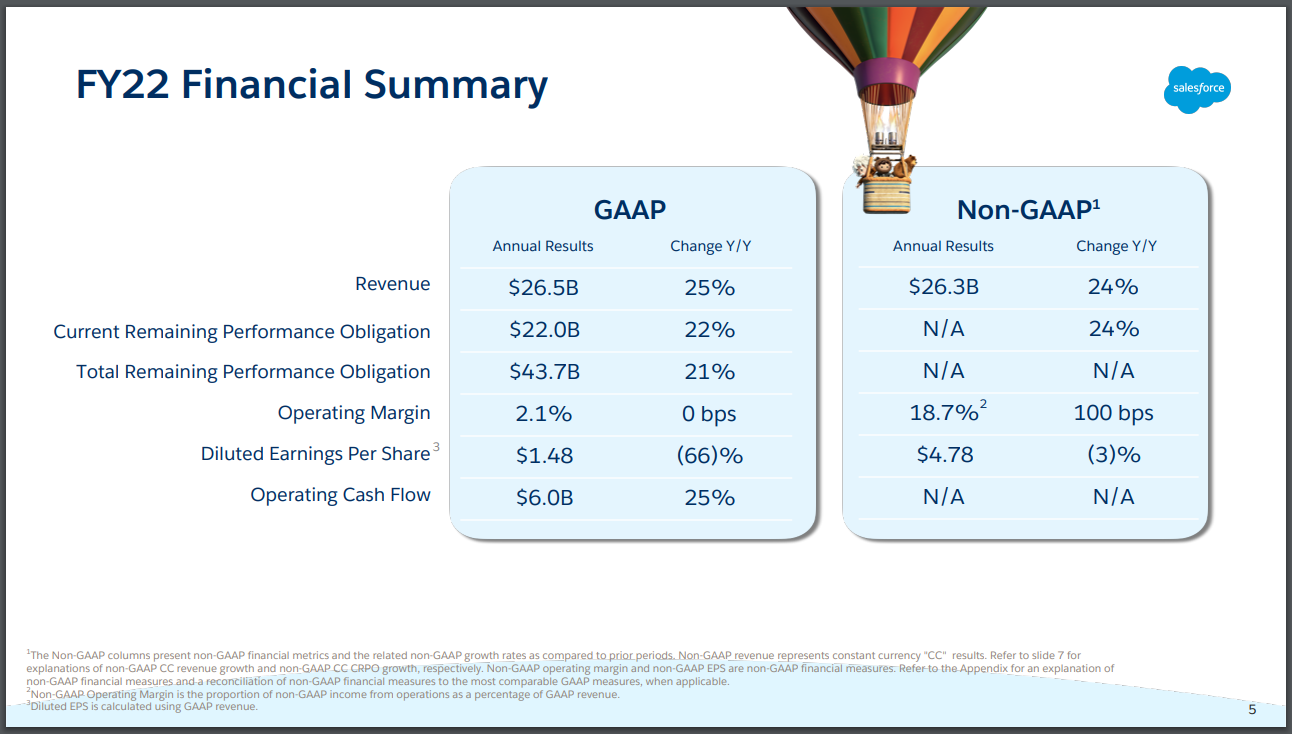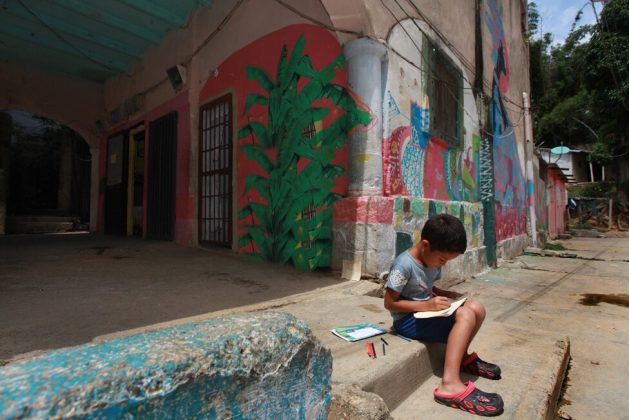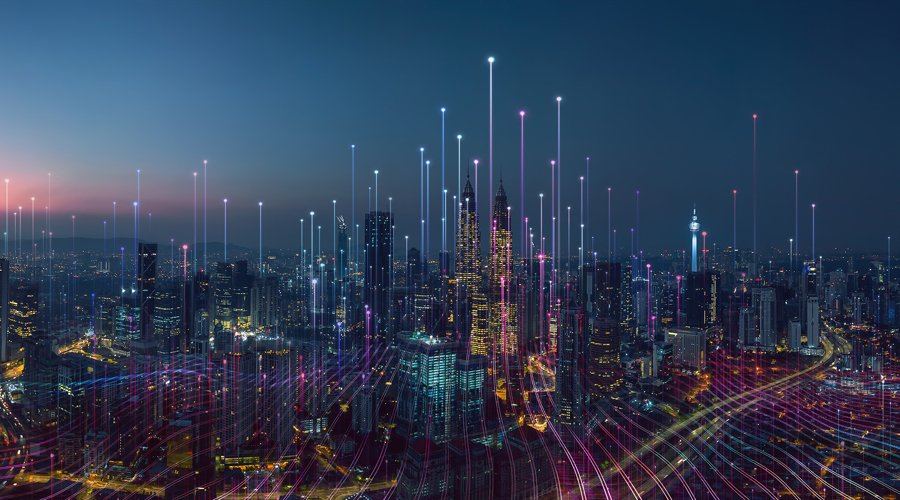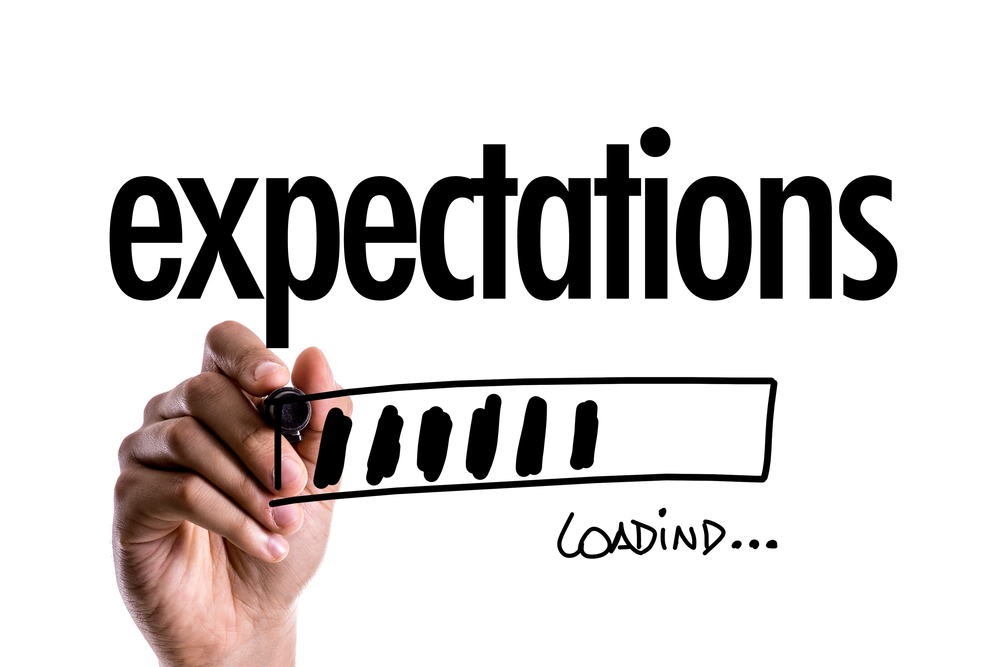Tensions on the Korean Peninsula are at the highest in years after an unprecedented year of missile launches on the part of North Korea — and a more bellicose posturing from the South Korea’s president, Yoon Suk-yeol.
In 2022, North Korea launched at least 95 missiles — more than in any previous year — and shot off another short-range missile New Year’s Day of this year, according to the New York Times. The tests are the product of several factors, including domestic North Korean politics, as well as the rapid and extreme deterioration of diplomatic relations between Kim Jong Un’s regime and the US-South Korea alliance since 2019’s failed summit in Hanoi, Vietnam, between Kim and former President Donald Trump.
Since Yoon’s inauguration in May 2022, the South and the US have pursued a tit-for-tat strategy in dealing with the North, pursuing joint military exercises which the North sees as provocative, and even sending unmanned aerial vehicles (UAVs) to Pyongyang after one of the North’s own drones buzzed Seoul, South Korea’s capital.
Despite a 2018 resolution between the North and the South prohibiting military hostilities between the two nations, both sides have engaged in increasingly dramatic shows of force over the past several months which, given the lack of diplomatic efforts, could increase the possibility of grave miscalculation and outright conflict on the part of either party.
The explicit threats on Kim’s part, as well as the increase in missile tests, point to a North Korea that’s interested in projecting a credible deterrent capacity and to try and manage instability internally. And the South is taking a hard line and projecting its own force — sometimes at odds with the interests of the US, its primary military ally.
Given both nations’ vows to increase their military capacity, the possibility of peace on the peninsula seems to be deteriorating by the day. Furthermore, the US — which maintains a force presence in the South — isn’t doing enough to prevent conflict and encourage diplomacy to prevent miscommunication, according to Ankit Panda, the Stanton Senior Fellow in the Nuclear Policy Program at the Carnegie Endowment for International Peace.
“The United States should be doing more to express concerns about possible allied defensive plans and postures that might actually increase escalation risks,” which would inevitably implicate the US.
What exactly is North Korea planning?
Kim announced last week his intention to build “overwhelming military power,” including a focus on producing shorter-range tactical nuclear weapons to target the South, as well as long-range intercontinental ballistic missiles, or ICBMs, capable of reaching the US mainland, among other innovations. Kim’s announcement, and Yoon’s suggestion that the South and the US would hold joint nuclear weapons exercises, have brought the nuclear threat into sharp focus.
As Panda told Vox via email, Kim’s policy announcement isn’t exactly new, “but more of a fleshing-out of a fairly well-articulated and constant nuclear strategy.” Kim and his predecessors have always seen the South and the US as their existential adversaries; the new policy announcements and missile testing simply make the North’s nuclear threats more realistic and achievable. “Their intentions haven’t changed: They’re still reserving the right to use nuclear weapons first to deter an attack on their territory,” Panda said.
Rather than an ambiguous threat of nuclear firepower, the North is now putting increased energy into tactical nuclear weapons which could be used in a battlefield scenario, or to repel a perceived attack from the South.
Increased focus on solid-fuel missiles also indicate the intention to deploy missiles rapidly, since they come pre-fueled and are highly mobile. Developing solid-fuel missiles has been a priority for Kim at least since the the Party’s plenary meeting in January 2021. Kim held a successful ground launch of a solid-fuel rocket motor — which could be used either on an ICBM or a missile launched from a submarine — in December.
“They’ve identified solid-propellant ICBMs as a particular focus for this year,” Panda said, specifying that, “we should expect to see flight-testing of large-diameter solid propellant missiles and perhaps even solid propellant ICBMs this year.”
Missiles are just the delivery vehicle — and just one aspect of the nuclear threat. The North’s nuclear arsenal also depends on its ability to develop warheads — the missile’s payload.
Nuclear weapons development in the North is difficult to track due to the extremely secretive (and illegal) nature of that work, but the missile tests, Kim’s announcements, and satellite imagery help analysts understand how far along the Kim regime is in creating weapons of mass destruction.
The North has not staged a nuclear test since September 2017, but experts have told Vox that all signs point to a seventh at any time — and even an eighth soon after, Panda said.
Two of the North’s main nuclear sites are Yongbyon Nuclear Research Center, which has a uranium enrichment facility, and Punggye-ri, the country’s only nuclear test site.
Yongbyon continues to be operational, Joseph Bermudez, the Korea chair at the Center for Strategic and International Studies told Vox. “We see rail cars coming in and out, we see the razing of several buildings and work on updating other buildings, we see activity in and around the reactors and also in and around the centrifuge plant,” he said, but without thermal imagery, it’s impossible to tell what that activity means.
As for Punggye-ri, the testing site, “it’s been basically quiet for the last couple of months,” Bermudez said. However, the US and South Korean governments have indicated they believe a nuclear test could take place “at any time that Kim Jong Un decides to do so,” he said, adding that imagery from earlier in the week “shows tracks in the snow indicating the movement of vehicles.”
“We believe that someone is checking on it,” although given the positioning of the facility — one of the entrances is shielded by a steep mountain slope and the angle of the sun — it’s hard to tell who and what’s coming in and out. The North also tends to move equipment and vehicles under cloud cover and in the dark, further obscuring those movements to outside observers.
Bermudez assessed that the North is “not only validating missile designs, but probably refining them,” and repeated missile tests indicate “new systems coming online and being distributed to units.”
Still, for Kim to use a nuclear missile or stage an invasion of the South would be a death sentence, both for his military and his regime. And the increased missile tests and activity around nuclear facilities can provide only limited information about the North’s actual capabilities.
But the fear that a nuclear-capable North Korea instills in its adversaries also serves a purpose; for all the testing and parades, Kim’s nuclear arsenal is further along than it’s ever been, but it’s far from complete. What Kim is showing off may not yet work militarily, “but it certainly has the potential work coercively” Bennett said.
Nuclear escalation on the peninsula has as much to do with internal politics as foreign affairs
Kim likely feels wary of engaging in diplomacy with the US or South Korea because of the spectacular breakdown of peace talks with former President Donald Trump, according to Toby Dalton, co-director of the Nuclear Policy Program at the Carnegie endowment for International Peace told Vox in a previous interview. That process ended in a humiliating failure in Hanoi, Vietnam, when Trump tried to push for full denuclearization in return for an end to the punishing sanctions regime the US has built up over the decades.
“[Kim] took some risks in terms of his domestic constituency in terms of pursuing that diplomacy — and then it fell apart and I think he was embarrassed by that,” Dalton said. From the North’s perspective, “they’re not willing to trust South Korea or the US to engage in diplomacy,” he told Vox, and the parties involved aren’t even in agreement about what the outcome of that diplomacy would be.
“It’s unsurprising that inter-Korean dynamics are as tense as they are right now,” Panda said. “We’ve seen this pattern play out under previous conservative-led governments in Seoul. That said, the [North’s] weapons development plans would likely have proceeded as they have regardless of the outcome of the 2022 South Korean election.”
Internal politics, especially in the North, favor a muscular response — at least in the eyes of Kim and Yoon.
In the North, for example, “even the elites are having trouble,” according to Bruce Bennett, a researcher at the RAND Corporation. Some members of leadership and Kim’s inner circle have reportedly been purged; “[Kim’s] been pretty brutal, and it hasn’t just been with the common people — it’s been with the elites, too.” Internal struggles, like consistent fuel and food shortages, pose a serious threat to Kim’s leadership, and in an authoritarian government, the only way to deal with internal struggle is to blame an external enemy.
“What does Kim need to manage his internal instability? What he needs is to look powerful,” hence the escalated rhetoric from both him and his sister and advisor, Kim Yo Jong. Testing, threats, and military parades help the elite feel like, “Wow, we’re powerful, [Kim] is a good leader, he’s making us powerful,” Bennett said, easing the pressure on Kim himself.
South Korea isn’t facing the same internal issues; it has the backing of the US and a strong military and economy. Public opinion polling indicates that South Koreans may be looking at China — not the North — as their major adversary in the future. Still, Yoon has pursued a “strength for strength” tactic, as opposed to former President Moon Jae-in’s pursuit of concessions and conciliation to reach a negotiated outcome. Though Yoon’s response may assure South Koreans that they’re defended from the North, it doesn’t do much to deter Kim, Bennett said.
“[Kim] appears to be trying to divide the US-ROK alliance” in order to isolate the South and demonstrate some form of dominance on the peninsula by explicitly focusing on shorter-range weapons that can only reach the South and ICBMs which would only be useful against the US, Bennett said.
Yoon’s claims that the US and the South were discussing joint nuclear exercises are a “good example of where an ally might be getting ahead of where the United States is ready to go,” Panda said. The Biden administration is focused on repairing its relationships with allies after “the atrocious treatment that US allies endured at the hands of the Trump administration,” Panda said — but that approach could backfire.
Rather, Biden should be more explicit with regional allies — including Japan, which is pursuing remilitarization after decades of minimal defense spending — about what the US’s limits and intentions are regarding the North. Just as crucially, the US and allies must pursue diplomatic channels to try and reduce the risk of miscommunication and miscalculation while that’s still feasible.
“I want to say there’s always room for diplomacy,” Bermudez said, but given the situation, “it seems like that room is very narrow.”















